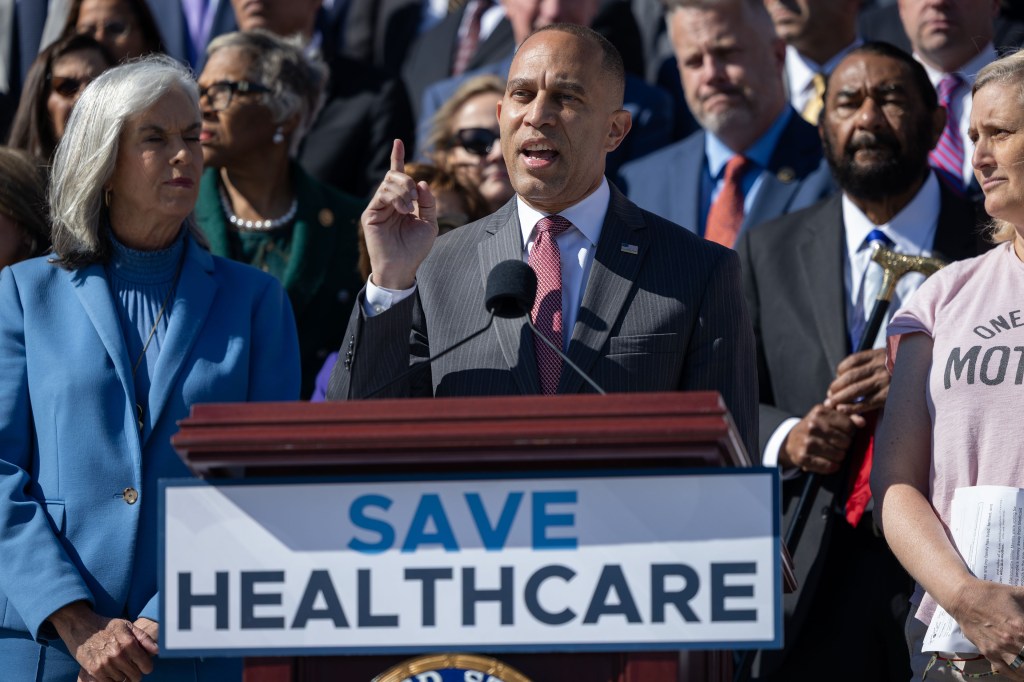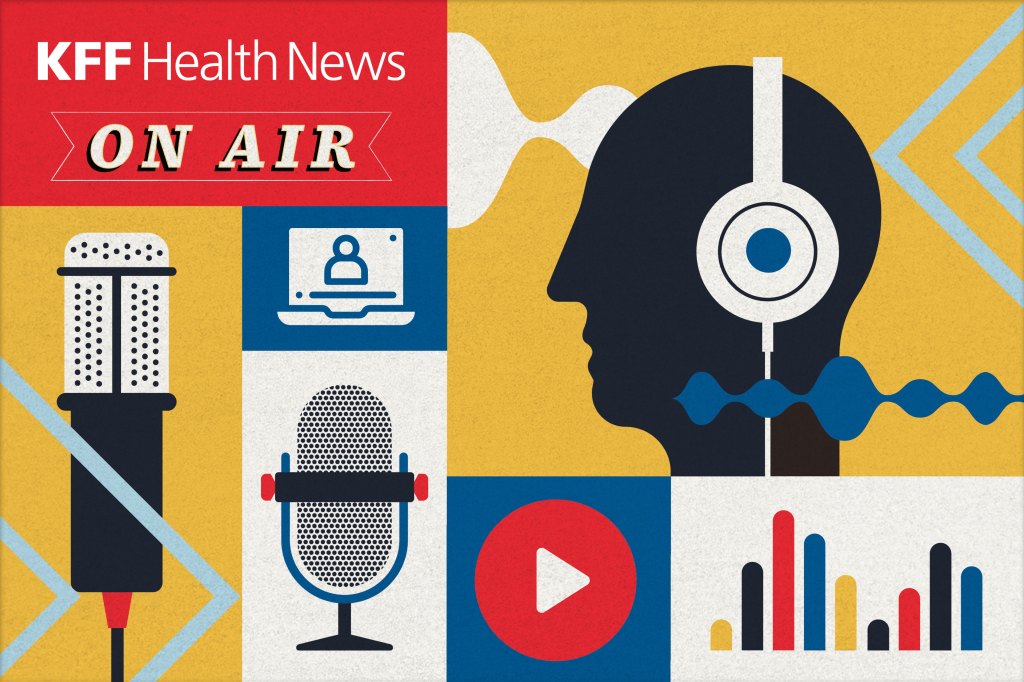HIT Consultant – Read More

As healthcare accelerates toward value-based models and personalized engagement, one truth is becoming increasingly clear: clinical data alone is no longer enough.
While electronic health records and claims data provide foundational insight into diagnoses, treatments, and outcomes, they paint only a partial picture of a patient’s experience. What they often miss are the socioeconomic, behavioral, and lifestyle factors that profoundly influence how people engage with the healthcare system (or don’t).
To meaningfully improve outcomes and reduce disparities, healthcare leaders are turning to a more holistic approach. By integrating clinical data with real-world socioeconomic and lifestyle insights, organizations can better understand the full spectrum of patient needs and design more targeted, equitable interventions.
Beyond the Clinic Walls: Why Context Matters
Health happens everywhere, not just in hospitals, clinics, or pharmacies. Decisions about whether to fill a prescription, attend a follow-up appointment, or participate in a clinical trial are shaped by factors like financial stability, transportation access, work schedules, and even digital literacy.
The industry has long acknowledged that social determinants of health account for a significant share of health outcomes. But only recently have the tools become available to operationalize that understanding at scale. The result is a new frontier in patient analytics: one that merges clinical, behavioral, and socioeconomic signals into a single, actionable framework.
A Data-Driven Shift Toward Lifestyle Driven Outreach
This integrated approach allows for more than just richer segmentation. It enables healthcare and Life Sciences organizations to move from reactive strategies to proactive, data-driven outreach. With a fuller view of patient journeys, teams can:
- Identify geographic areas with high unmet need or low treatment adherence
- Pinpoint communities underrepresented in research and tailor recruitment efforts accordingly
- Design messaging that reflects the financial realities of target populations, such as highlighting co-pay assistance for income-sensitive groups
- Detect early indicators of therapy abandonment and intervene before outcomes worsen
These insights are not hypothetical. In practice, organizations are using combined datasets to flag which neighborhoods have the highest diabetes risk, when co-pay messages will have the most impact, or where gaps in care access are contributing to lower clinical trial participation.
Closing Gaps with Real-World Evidence
For those working in real-world evidence, market access, or patient engagement, the integration of lifestyle and clinical data also opens the door to more meaningful measurement. Traditional metrics, such as prescription fill rates or appointment no-shows, are being enhanced with context that helps explain why interventions succeed or fall short.
Instead of treating data streams in silos, leading organizations are layering claims and EHR data with insights about household income, education level, living situation, and other attributes. This allows them to answer more strategic questions:
- Where are social determinants creating persistent barriers to care?
- Which populations would benefit most from financial or logistical support?
- How can we optimize outreach based on the unique attributes of each patient cohort?
Responsible Innovation and Privacy-First Design
Critically, the push toward holistic patient data is happening with growing attention to privacy and ethics. De-identified datasets and privacy-enhancing technologies ensure that patient-level insights remain actionable without compromising individual security. As data integration becomes more advanced, maintaining this balance will remain a top priority.
A Strategic Imperative for the Next Era of Care
In a healthcare environment increasingly defined by accountability, outcomes, and equity, the ability to see the why behind patient behavior is no longer a luxury; it’s a necessity.
By uniting clinical and lifestyle data, healthcare leaders are gaining the tools they need to close care gaps, reduce waste, and engage patients in ways that reflect the realities of their daily lives. It’s a shift from treating the patient in isolation to understanding the full context in which they live, and it’s reshaping what’s possible in modern healthcare.
About Sheila Wirick
Sheila Wirick is the Director of Health Sales, Experian Marketing Service with more than 20 years of experience in data and analytics. As Director of Health Sales at Experian Marketing Services, she collaborates with healthcare, pharmaceutical, and nonprofit organizations to apply data and insights that enhance customer retention, brand awareness, and acquisition. She is committed to helping organizations use data to deliver measurable results and meaningful impact.





